Hybrids, cross breeds and pure breeds
This is something that has been confusing me lately, so now that I’ve figured it out, I thought I’d tell you about. For a while now I’ve been wondering how “hybrid” layer hens are made. And I’d been hearing about using heritage seed rather than hybrid seed. Then we bought the Braford cattle, a cross between Brahman and Hereford breeds. So I looked it all up and now I’ll try to explain without getting too far into genetics!
First of all, what is a pure breed?
What is a hybrid?
What is a mixed breed?
What is hybrid vigour? Or heterosis?
What about the Brafords?
| Are Brafords pure bred or hybrids or?? |
First of all, what is a pure breed?
A pure breed is a stock of animals or plants within a species having a distinctive appearance and typically having been developed by deliberate selection. For example, Hereford cattle are a pure breed of cattle. Rhode Island Red chickens are a pure breed of chickens.
A hybrid is an animal or plant whose parents are each of a different pure breed. Cross-breed and hybrid have the same meaning, just the former is applied more commonly to animals and the latter to plants (and chickens, because it sounds fancier?). In the case of the chickens, commercial hybrids are typically bred from Rhode Island Red and another pure breed, for example, White Leghorn. We made our own hybrid layer hen from just this cross. Obviously the big egg companies work a bit harder than we do to maintain a flock of each of their pure breeds in order to produce a consistent laying hen.
The thing to note about hybrids is that they don’t breed true. That means that if you mate two hybrid individuals together, you don’t necessarily get another animal or plant that looks anything like its parents. This doesn’t mean that the hybrid animals or plants can’t breed, just that they don’t have the same traits as their parents. This is different from a pure breed, which should produce consistent off-spring.
A mixed breed animal has parents that were not pure bred, so it has unknown parentage and the characteristics of its offspring cannot be predicted.
Something that has been really bugging me is this term “hybrid vigour” that kept appearing when I was reading about pure breed and cross breeds. The technical term is heterosis, this is where you could get into the genetics of the process, but the main point is that when plants or animals breed, the resulting offspring has a mix of genetic material from each parent. In a group of pure bred individuals, as there is likely to be some inbreeding (or very close breeding), that genetic material all starts to be very similar and that includes both the desirable traits, like the colour or weight gain ability and the negative traits like susceptibility to disease. When individuals from two different breeds produce offspring, they are coming from two very different pools of genetic material, and so the offspring get lots of different genes.
In reality, this can produce both positive the negative traits. The result of a cross between two pure breeds is not necessarily “hybrid vigour”, in which the offspring is consistently better than both parents. The offspring can also result in a concentration of negative traits, or outbreeding depression. For example, our little hybrid hen seems to lay well, but she went broody recently, which is a trait from the Rhode Island hens, so cross breeding does not guarantee a superior animal or plant unless the parents have also been carefully selected.
You will notice that I didn’t include the Brafords in the examples above. The Braford is a registered breed of cattle, so they are a pure breed, that was originally developed from a cross between Brahman and Hereford pure breeds. If I bred a Brahman bull with a Hereford cow today, the offspring would be a cross-breed or hybrid animal. I can’t find any exact figures, but to start a new breed you basically have to show that the animals will continue to produce consistent offspring for several generations. For example, in the case of the Braford breed, the first pairing of Brahman bull and Hereford cows occurred in Australia in 1946, and the breed was first registered in Australia in 1957. The period required to develop a breed could obviously be shorter for animals or plants with shorter gestation period than cattle, as long as the breed produced consistent offspring.
The Brafords do not have “hybrid vigour”, as they are not the result of the first breeding between two pure breeds, however, through selectively breeding for desirable traits, they have better feed conversion and tick resistance than either of the original pure breeds form which they were originally bred. This highlights the importance of maintaining sufficient individuals in a breed so that the genetics are varied enough not to concentrate negative traits. We will consider this in our chicken and cattle breeding programs.
Does that make sense? Or, if you are into this kind of thing, did I get it right?
By the way, my chicken eBook is now available if you want to know more about backyard chickens and using chicken tractors. More information over at the chicken tractor ebook blog. Or you can get it directly from my shop on Etsy (.pdf format), or Amazon Kindle or just send me an email eight.acres.liz {at} gmail.com.
or just send me an email eight.acres.liz {at} gmail.com.
What's the eBook about?
Chickens in a confined coop can end up living in an unpleasant dust-bowl, but allowing chickens to free-range can result in chickens getting into gardens and expose them to predators.
A movable cage or “chicken tractor” is the best of both options – the chickens are safe, have access to clean grass, fresh air and bugs. Feed costs are reduced, chickens are happier, and egg production increases.
But how do you build a chicken tractor? What aspects should be considered in designing and using a chicken tractor effectively? In this eBook I aim to explain how to make a chicken tractor work for you in your environment to meet your goals for keeping chickens.
I also list what I have learnt over 10 years of keeping chickens in tractors of various designs and sizes, from hatching chicks, through to butchering roosters.
Reviews of the Design and Use a Chicken Tractor

















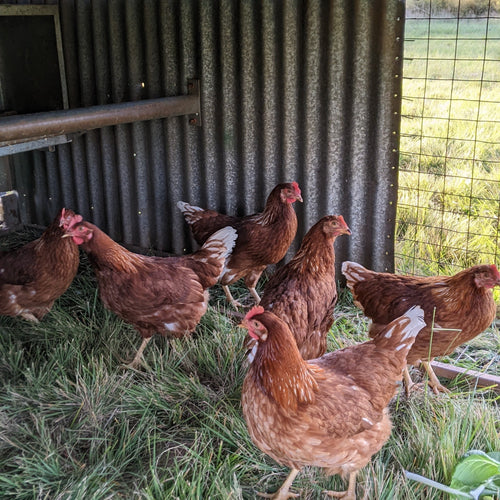
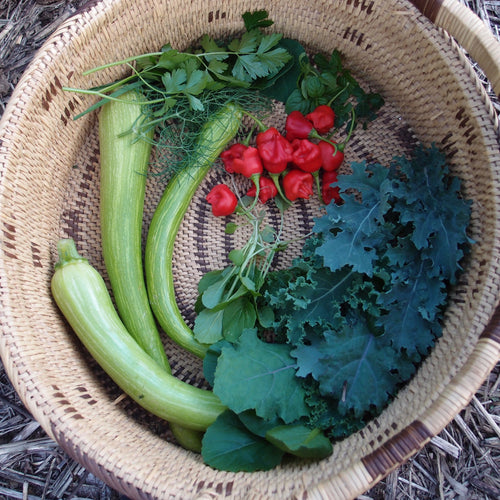

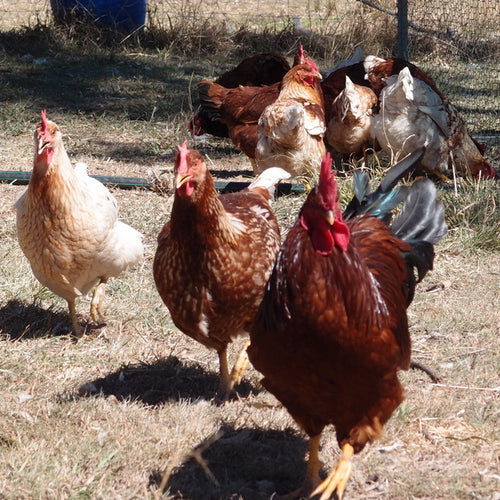
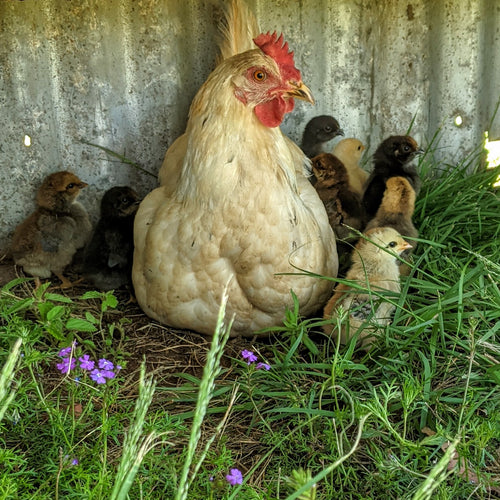
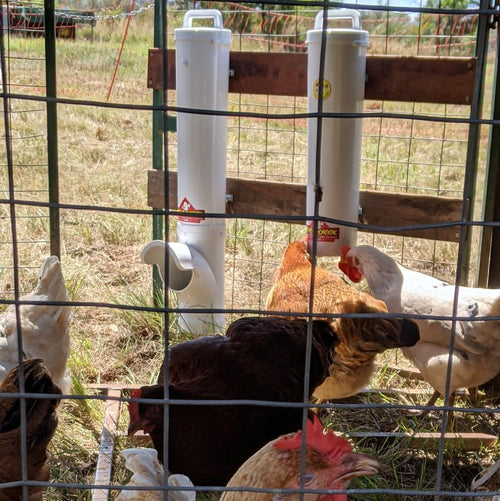
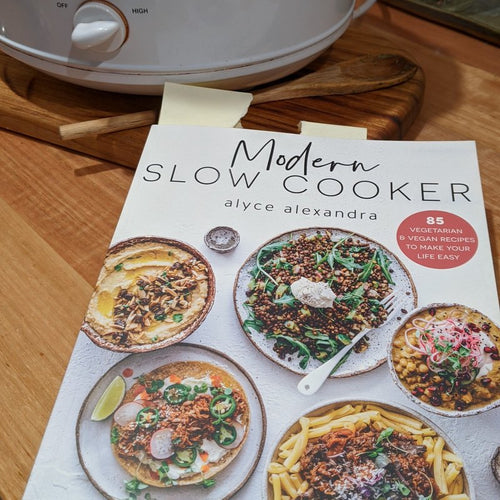




Leave a comment